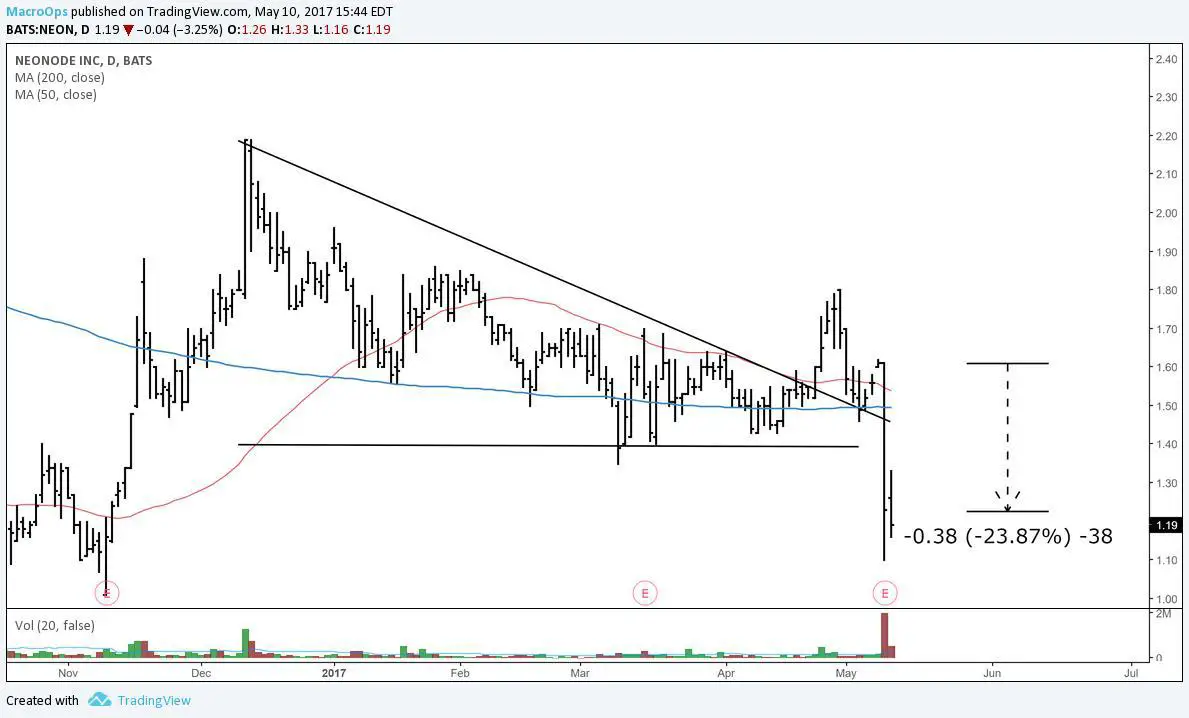This is a Guest Post by Alex @MacroOps which was posted originally here: Managing Your Losing Trades and is reposted here with permission.
Amateurs focus on finding trades.
Operators focus on managing trades.
Inexperienced traders spend far too much time on trade identification. Their misguided goal is to find the perfect trade with the perfect entry.
The truth is… perfect doesn’t exist. You’re not gonna find some magical combination with a 98% win rate.
Identifying a trade is really only 10% of the process. The other 90% is managing the trade.
Take it from Peter L. Brandt, a legend who’s averaged over 40% compounded returns throughout his 40 year trading career(!!):
Consistently profitable commodity trading is not about discovering some magic way to find profitable trades. [T]rade identification is the least important of all. In my opinion, learning the importance of managing losing trades is the single most important trading component. Consistently successful trading is founded on solid risk management.
Consider an average year for PLB. Only 30% of his trades become winners. The rest either break even or lose. Yet he’s still extremely profitable.
How is that possible?
It’s because he keeps his losses extremely small. PLB’s major edge is in risk management. Limiting his losses ensures his winners more than make up for the losers. He consistently avoids the big mistake that would knock him out of the game. That’s how he achieves long-term success.
Recently our team dug into a stock called Neonode (NEON).
The fundamental thesis was solid.
We had a left-for-dead company on the brink of a massive turnaround. NEON previously suffered from “too early” syndrome with its product fit, but now its market was finally catching up.
The play was contrarian to say the least. The stock had already fallen over 80% from its recent highs. Investors hated it. But these same investors were also blind to the drivers behind its soon-to-be revival…
We entered our position.
A few weeks later, quarterly earnings were released. And sure enough the stock plummeted over 20%.
Ouch.
You’d think a loss like that would put a dent in our portfolio…
But it didn’t.
And that’s because we managed our risk.
We deployed a three-pronged defense for this trade.
First, we entered on a breakout from a long-term descending triangle pattern. This technical setup gave us an intelligent price level to determine where we’d be wrong. If our risk point was hit, we’d exit our position.
Second, we put an automatic stop at our risk point. That way if price overshot that level (as it did on earnings day) we’d automatically be out.
Third, we sized our position small. As we said, this was a contrarian play. And while these plays can be extremely lucrative, they’re also very hard to time. We weren’t surprised to get knocked out on our first attempt. That’s why we entered small with the goal of building size over time.
Had we entered NEON heavy, with no technical breakout, and no stop, we’d be in a tough situation right now.
But because of our risk management, we’re just fine. Our portfolio is intact and we plan on establishing another position when a new technical setup forms.
Our original fundamental thesis hasn’t changed. If anything, this price drop makes it an even sweeter deal. But it may take some time before the market comes around to this stock’s value. We’re willing to wait.
That’s the benefit of trade management. It allows you to play another day. Our first entry wasn’t the end all be all. We have an opportunity to try again.
PLB is no stranger to quickly getting knocked out of a position either. He gives himself three tries to hit a trend. We take multiple attempts as well.
It’s hard being a contrarian. But the reason we not only survive, but thrive, is because of our risk management.
If you’d like to learn more about how we manage risk at Macro Ops, click here to get our Trading Handbook.
For more posts and information about Alex @MacroOps you can check out his website Macro-Ops.com.
